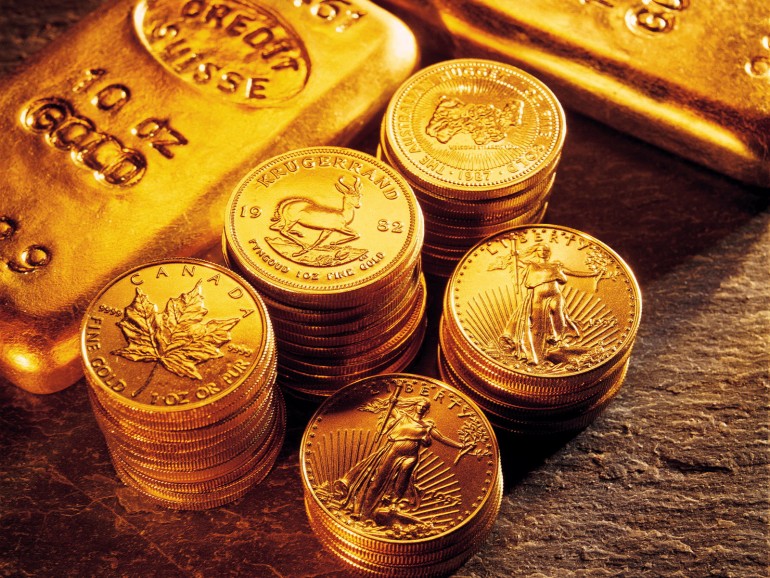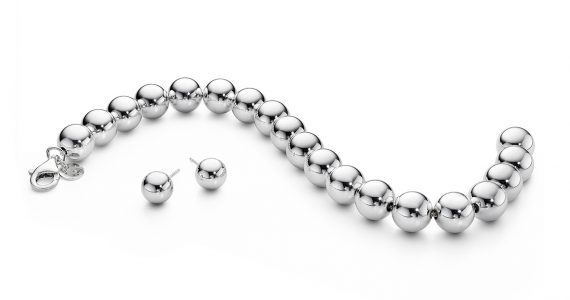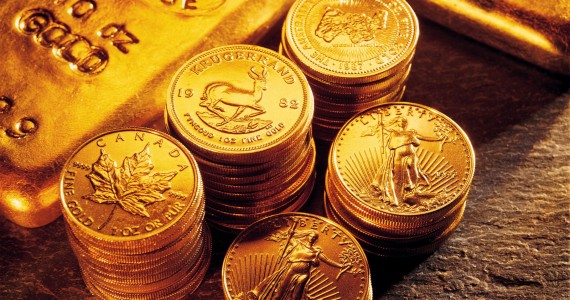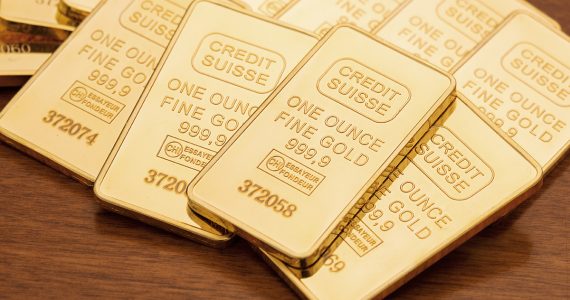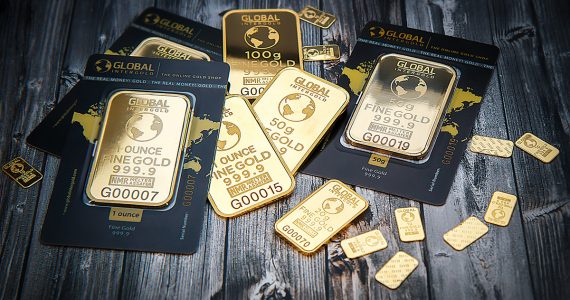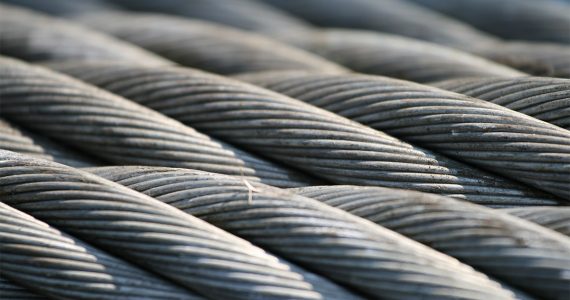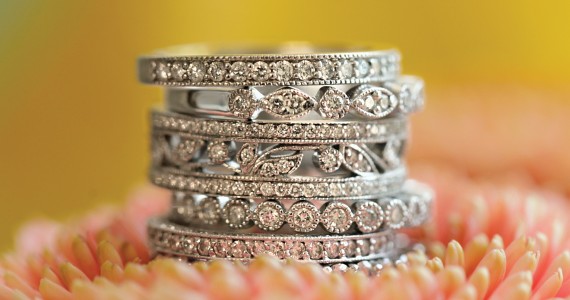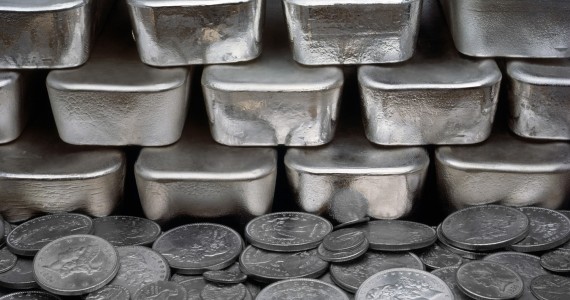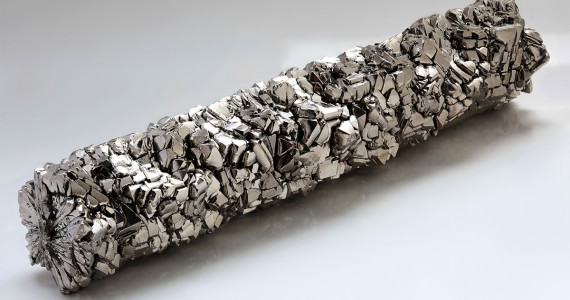Gold and silver have been considered as sister metals for many years, especially where precious metals investors are concerned. This is because their price movements reflect each other – when one metal’s price moves up, so does the other with gold being the more expensive of the two in general. For this reason, among others, these sister metals are widely considered as a good way to diversify an investment portfolio.
Why Should You Diversify Your Portfolio?
There’s the question of why diversify your portfolio in the first place? You can, after all, stay within your comfort zone and stick to conservative investments like blue-chip stocks and government bonds – lower reward, yes, but lower risk.
But diversification isn’t just about getting out of your comfort zone and increasing your chances of reaping greater rewards (i.e., returns on investment). More importantly, it’s about more effective and efficient management of your investment portfolio, a better goal than upping your bottom line.
Diversification can provide complementary benefits that non-diversification cannot, namely:
- Increase the return on investment that can be expected from specific level of risk; or
- Decrease the level of risk necessary to achieve a desired return on investment.
Either way, portfolio diversification can make your bottom line better – out of the red and into the black, if you’ve been on a losing streak with a conservative portfolio.
How is it possible? The increasing prices of some of the assets will offset the decreasing prices of the other assets. You will also have the opportunity to cycle your capital into the undervalued assets, a smart move in times of uncertainty – and in the current environment, there will be plenty of it.
Why Should You Invest in These Metals?
Why gold and silver not, say, high-risk, high-rewards speculative stocks? Even a small allocation for gold and silver will boost your portfolio’s profitability in the long-term period because these are partly unrelated to the traditional investments – stocks and bonds. Thus, these sister metals have unique risks and rewards than the traditional investments.
Gold and silver in your portfolio acts as a hedge against currency weakness, political instability, economic collapse, and market volatility. These metals are also means of wealth storage over centuries and, thus, are better in many ways than stocks and bonds.
These metals also maintain their purchasing power worldwide over the long-term period despite changes in currency value, inflation and deflation, and instability. These also carry no credit risk and aren’t closely associated with the highs and lows of real estate, probably a more volatile industry.
But like all types of investments, there are downsides to investing in gold and silver. These commodities generate no cash flows aside from being quite volatile. You have to be able to take a high level of risk in order to enjoy high rewards – and even that outcome is subject to uncertainty – as well as place your trust in the global economic system.
How Much Should You Invest?
Let’s assume that you plan to invest in gold and silver. Your next step is to decide the amount of investment that you can make in these commodities. Well, the decision is entirely up to you and your decision will be based on your unique circumstances.
You have to ask yourself important questions as an investor. How much risk can you take to earn certain rewards? What kind of investments are you willing to make – ETFs, mutual funds, futures, and options? What’s your financial goals in the short- and long-term periods? What’s your financial status like at present?
If you’re starting out, for example, you may start with just 5% of your entire portfolio in gold and silver. You can combine gold ETFs and gold bullions, a combination that will allow for flexibility. You can, for example, sell some of the investment when its price goes up and buy more when it dips.
Once you have learned the ropes and feel more confident as an investor, you can start increasing it to 10%, perhaps even higher. With a 5% to 10% allocation for precious metals, you’re adopting an all-weather strategy wherein your portfolio will withstand, even thrive, in diverse economic conditions.
Avoid investing too much in gold and silver, however, as you may be missing out on other asset classes that provide better profits and growth. But don’t skip the gold and silver either since you will become more exposed to risks that traditional investments cannot compensate for at all times.
Before you invest in gold and silver, you should first learn the basics – what, why and how – since these metals have their challenges as investments. You have to read books about the subject, ask for advice from experienced traders and investors, and learn from your mistakes, all of which are sensible pieces of advice in the volatile world of commodities investment. While there are downsides to gold and silver investments, we believe that the upsides more than make up for them.

